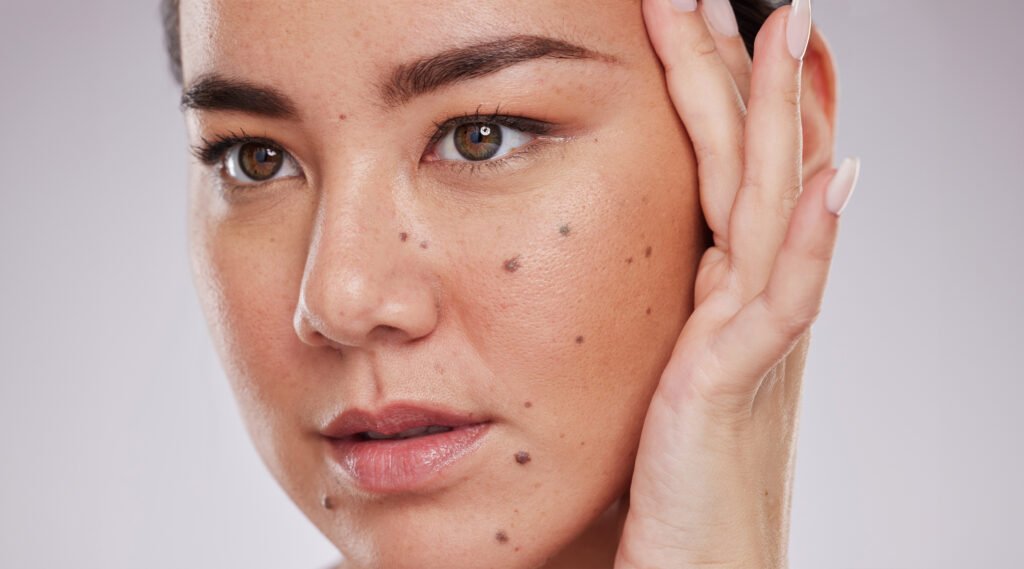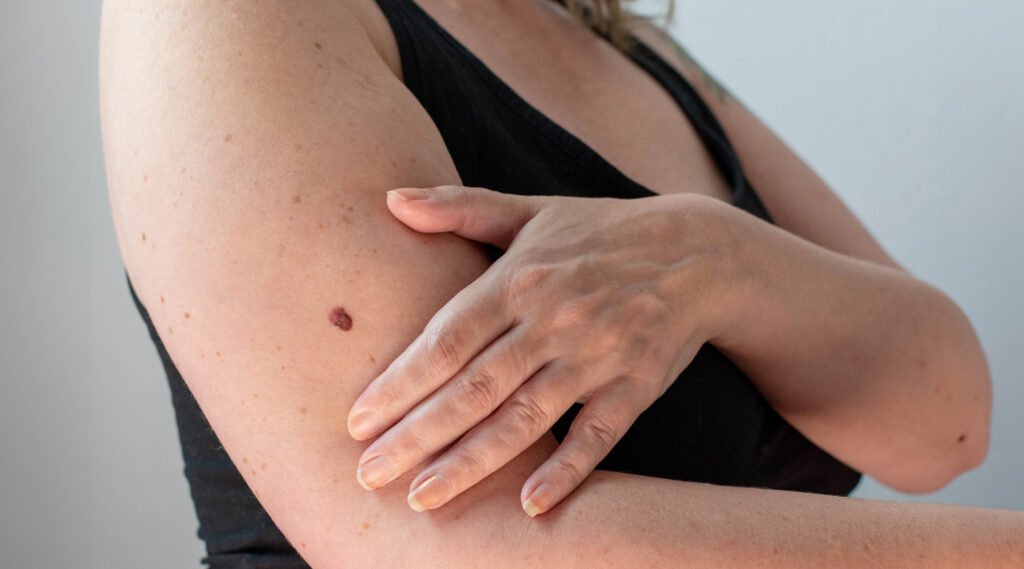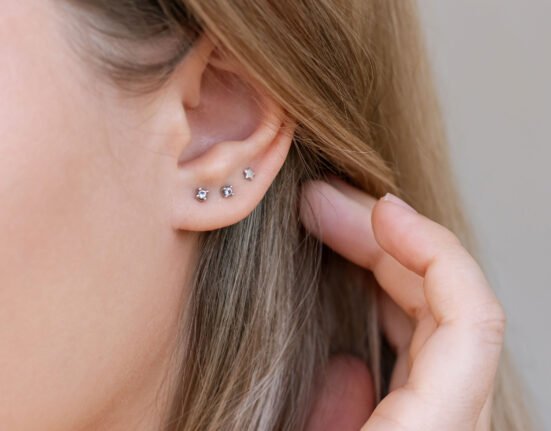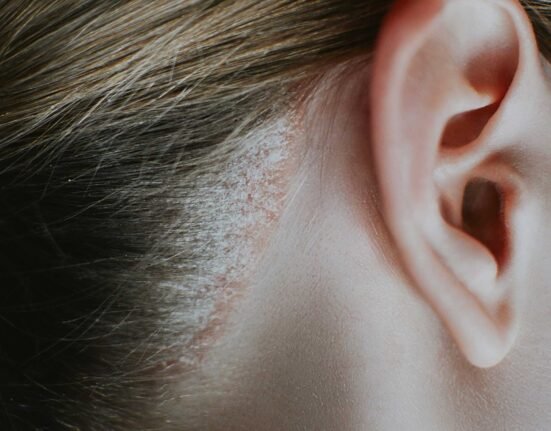One day, you might find yourself looking in the mirror and noticing a small spot on your arm that wasn’t there before.
It looks a bit dark, and the shape isn’t perfectly symmetrical. “Maybe it’s just a regular spot,” you think.
But what if it’s not?
What if it’s an early sign of skin cancer? The good news is that you can start with the simplest step, checking your skin at home.
It’s not complicated at all. You can do it while standing in front of the mirror after a shower.
And more importantly, this small habit could help save your life.
Why Should You Do a Skin Self-Check?

Many people wait until they feel pain or discomfort before checking their skin.
But skin cancer, like melanoma, can appear without any pain and progress quickly.
Early detection is crucial to increasing the chances of successful treatment.
Doing a self-skin exam just once a month can be a decisive preventive step, especially if you:
- have many moles or skin spots;
- have a family history of skin cancer;
- have had skin cancer in the past;
- have a weakened immune system.
When and How to Check Your Skin
The best time to check your skin is after a shower, when your skin is clean and you’re already in front of the mirror.
Use good lighting, a full-length mirror, and a hand mirror to see hard-to-reach areas.
Start at the top of your head and work your way down, examining every part of your body.
Here’s a step-by-step guide:
- Face and front of the body: Check your face, ears, neck, chest, abdomen, and under the breasts.
- Arms and hands: Look at your underarms, both sides of your arms, hands, between your fingers, and under your fingernails.
- Front of legs: Check your thighs, shins, tops of your feet, between your toes, and under your toenails.
- Back of legs: Use a hand mirror to examine the soles of your feet, calves, and backs of your thighs one by one.
- Back and hidden areas: Look at your buttocks, lower and upper back, behind the ears and neck, and genital area.
Use two mirrors or ask someone you trust to help if needed.
What to Look For
Skin cancer can take many forms and often resembles common skin conditions. Be on the lookout for signs such as:
- a new or unusual mole or spot;
- a sore that doesn’t heal, even after several weeks;
- a red patch that’s rough, scaly, or bleeds easily;
- a growth that looks like a wart;
- a mole that changes in size, shape, or color;
- a spot with irregular edges, asymmetrical shape, or uneven coloring.
Use the ABCDE Rule

To recognize the signs of melanoma, remember the ABCDE Rule.
This simple checklist can help you identify suspicious moles or spots:
- A – Asymmetry: One half of the mole looks different from the other half.
- B – Border: The edges are uneven, notched, or blurred.
- C – Colour: The mole has multiple colors: shades of brown, black, red, blue, or white.
- D – Diameter: The spot is larger than 6 mm (about the size of a pencil eraser), although some melanomas can be smaller.
- E – Evolving: The mole changes in size, shape, color, or begins to itch, bleed, or cause pain.
Other Warning Signs to Watch Out For
Even if you regularly examine your skin, paying attention to changes between checks is essential. Seek medical advice if you notice:
- a mole that itches, hurts, or has a burning sensation;
- a sore that doesn’t heal;
- a new mole appearing after the age of 30.
A Simple Routine That Could Save Your Life
Checking your skin doesn’t require fancy tools or hours of your time. A few minutes each month can help protect something far more valuable, your health and your life.
Think of it as a small but meaningful habit, like brushing your teeth or washing your face. And if you notice anything unusual, don’t delay.
Consult a dermatologist right away.
Your skin is your body’s first line of defense. Treat it with the same attention you give to every other part of your health.
References
Cancer.org. Accessed in 2025. How to Do a Skin Self-Exam.
Miiskin. Accessed in 2025. Skin Check: General Info about Medical- and Self-Exams.














Leave feedback about this